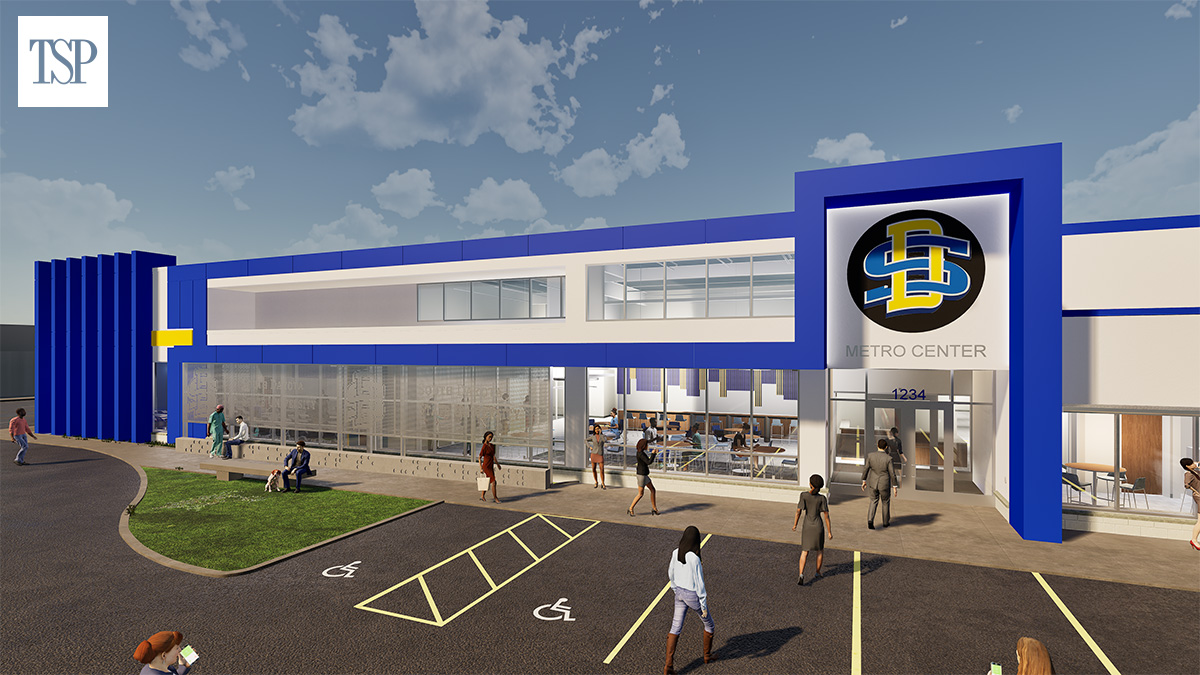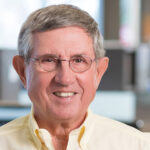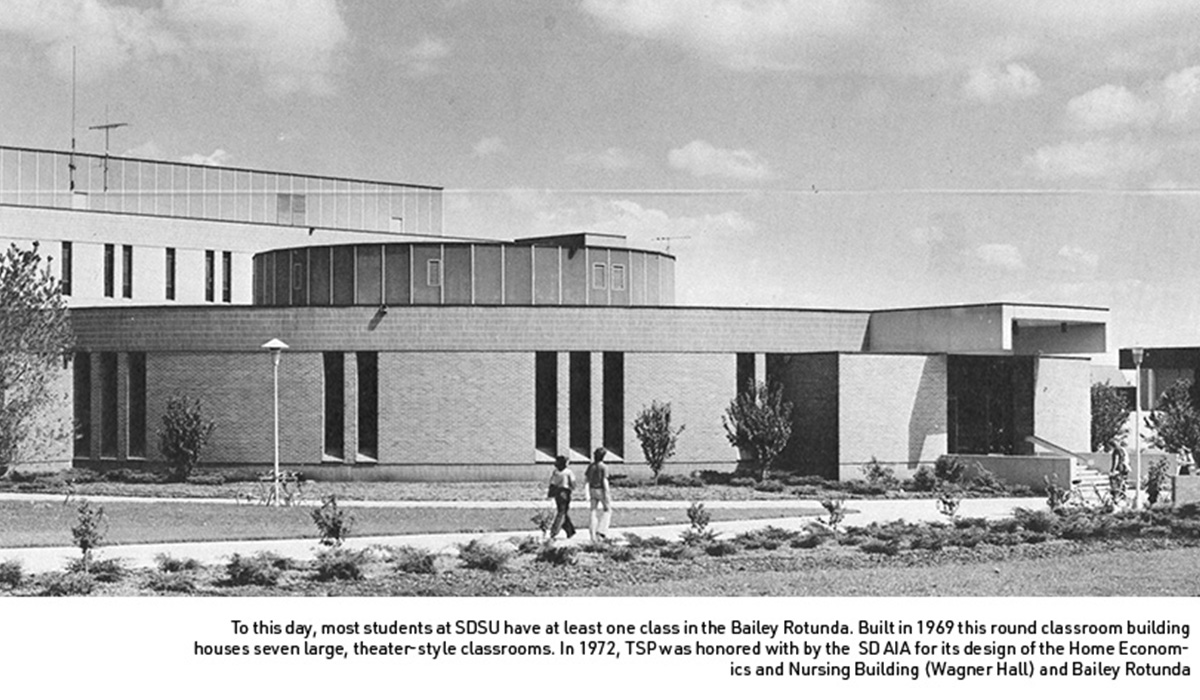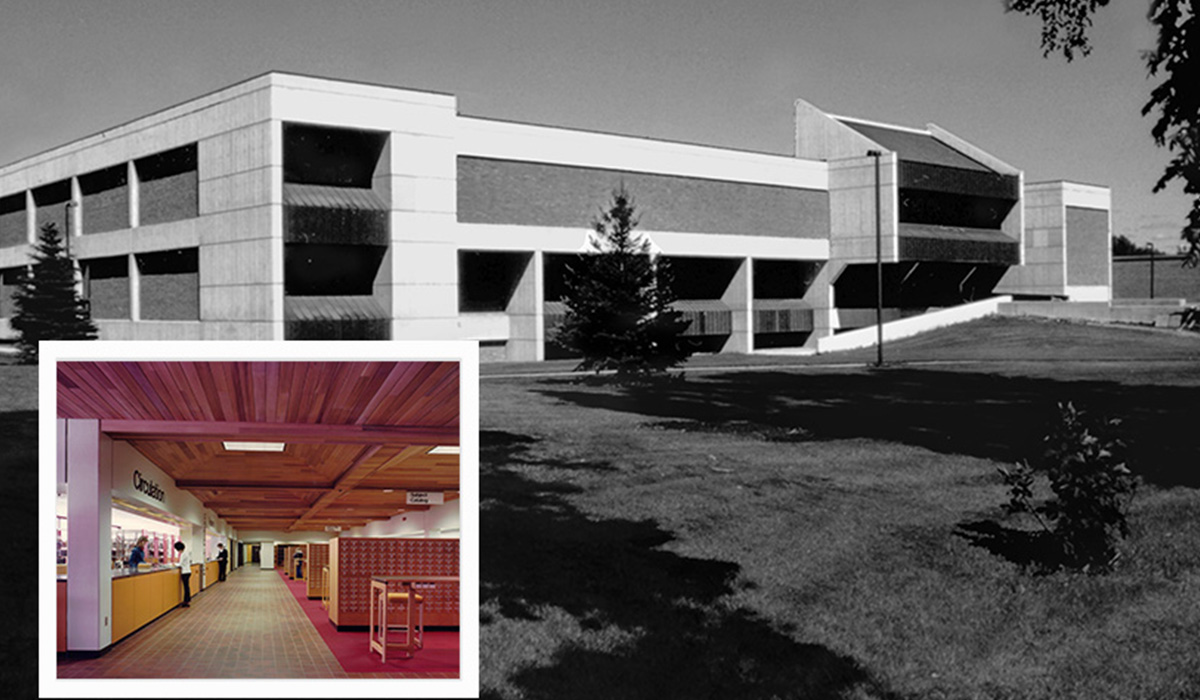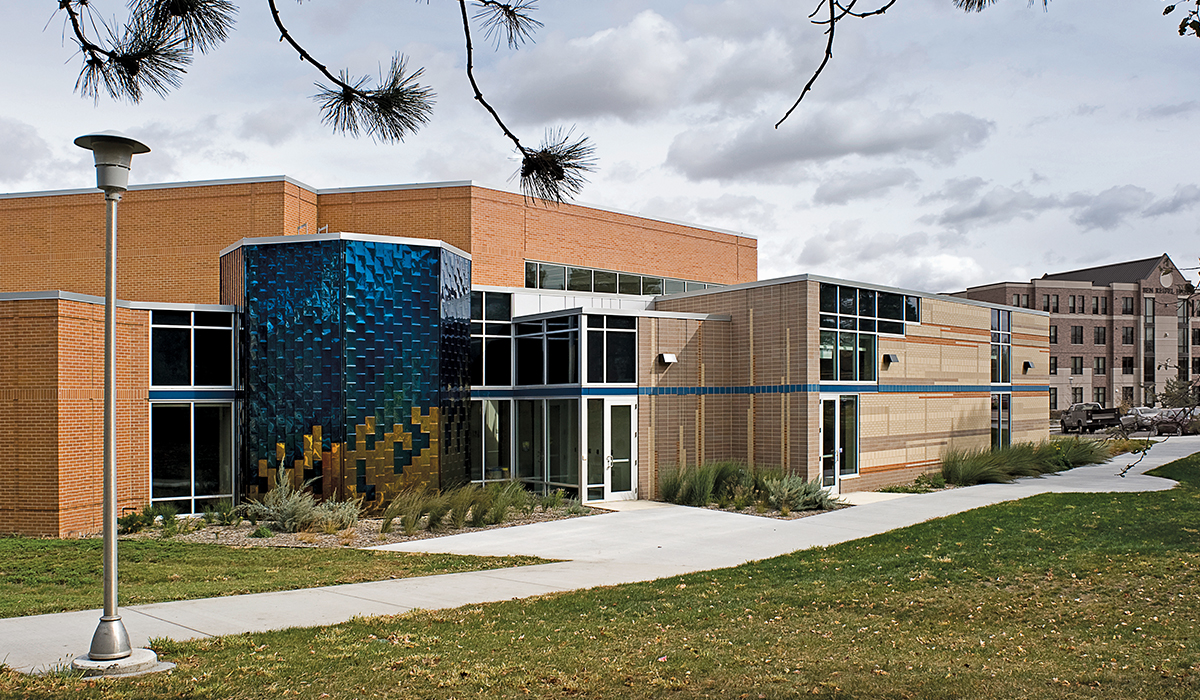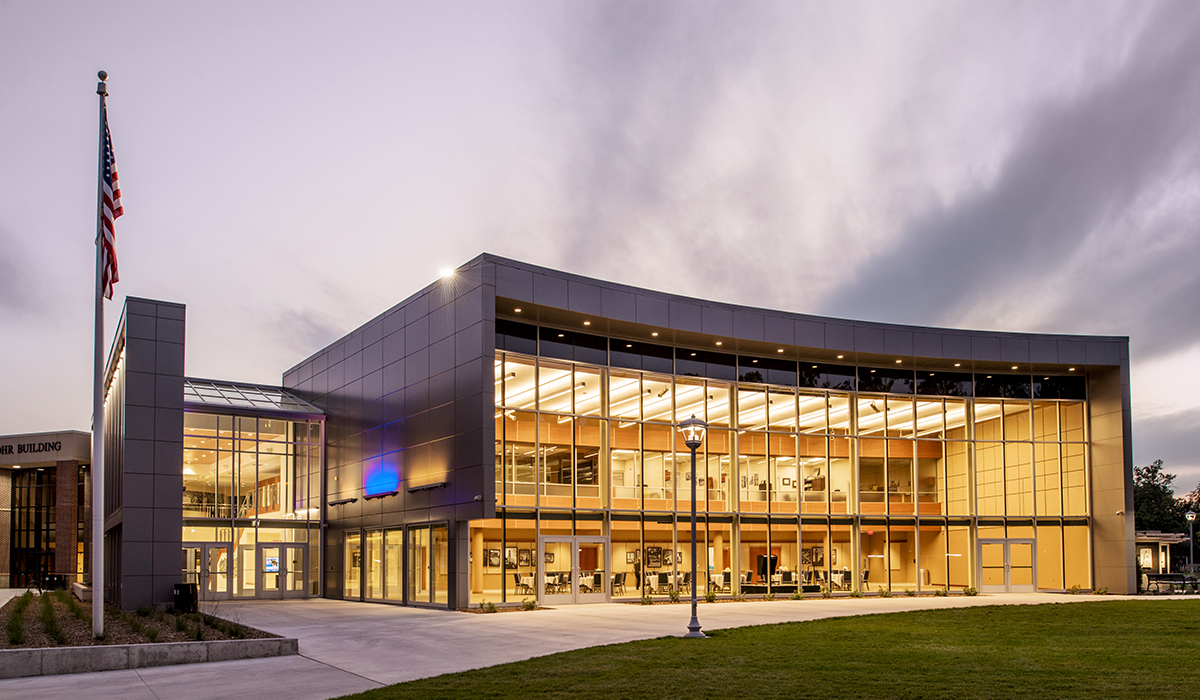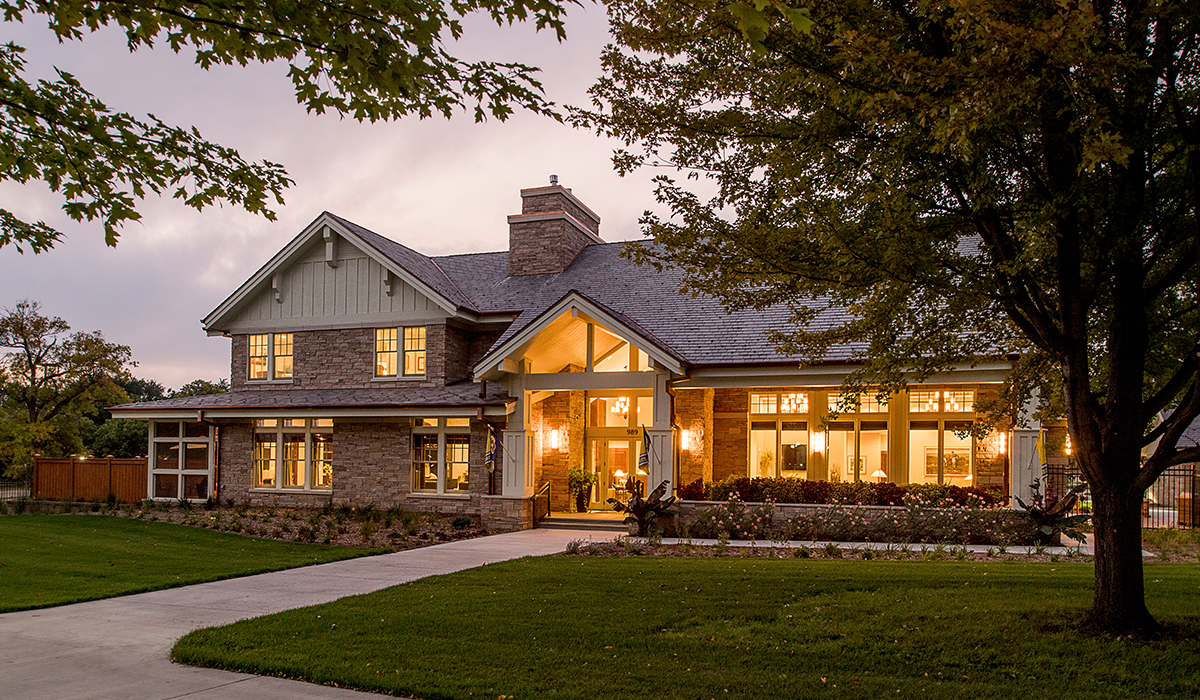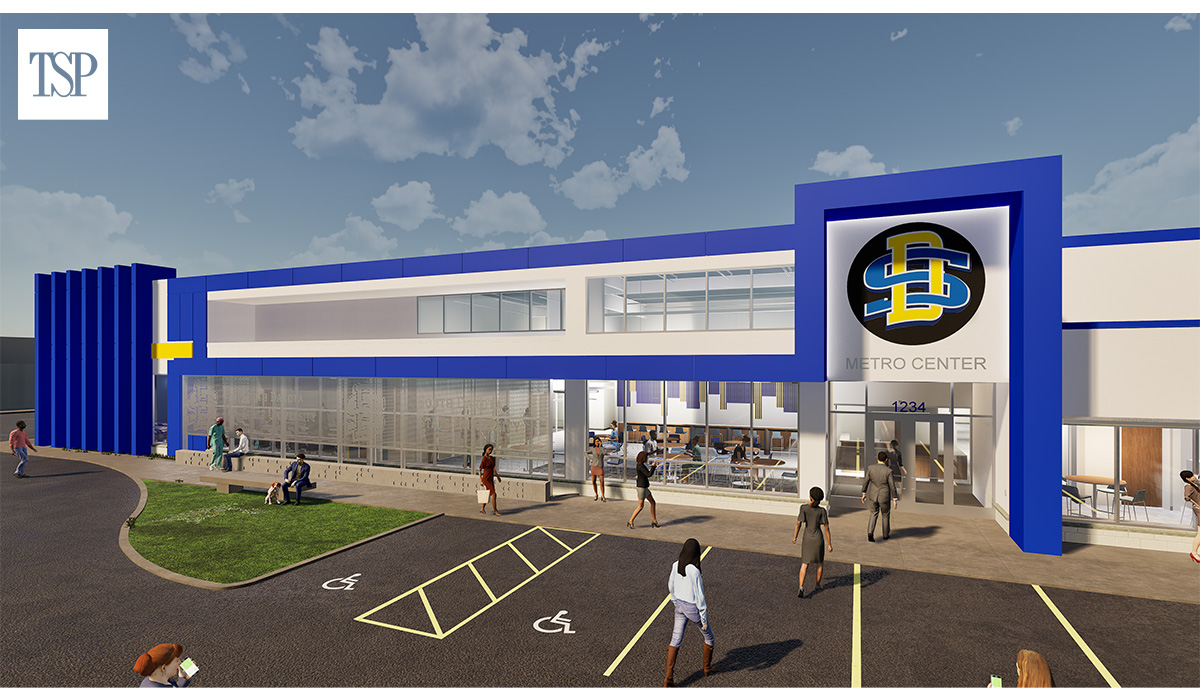Ron Mielke remembers attending an annual Physical Plant Director’s conference in Pierre a few years ago and sitting with a group from South Dakota State University.
Mielke, who has been with TSP, Inc. since 1969, recalls one of the SDSU representatives mentioning being familiar with him because Mielke’s name and initials appeared on mechanical engineering plans for several iconic buildings, such as the Hilton M. Briggs Library, the Stanley J. Marshall HPER Center, and others.
“It was kind of fun, nearly 50 years later, to sit with someone from SDSU who remembered me because of my initials on a set of construction documents,” Mielke said.
Mielke’s distinction as the longest-tenured employee in company history, along with TSP’s enduring partnership with SDSU, reflects the firm’s dedication to both honoring its legacy and advancing with innovative, thoughtful solutions.
South Dakota State University has trusted TSP to help design spaces on campus since the 1950s, and the firm has collaborated on classroom buildings, athletic program facilities, residence halls, and numerous student activity hubs across the campus.
Mielke, who earned a degree in mechanical engineering from SDSU, credits the success of TSP’s long-standing partnership with the university to the firm’s original partners, who excelled at building relationships, managing projects, and prioritizing exceptional customer service.
“I think a big reason we secured work at SDSU years ago was because of the relationships we cultivated with Dr. Hilton M. Briggs (SDSU president from 1958 to 1975), the physical plant director, and other campus leaders,” he said. “We had people at TSP who really took the time to establish strong connections.”
The 1960s and 1970s were particularly fruitful years for TSP-designed landmarks on campus.
In 1972, TSP was honored by the South Dakota American Institute of Architects (AIA) Chapter for its design of the Home Economics and Nursing Building, now known as Wagner Hall, and Bailey Rotunda.
In 1973, TSP was chosen to design the Hilton M. Briggs Library at SDSU, which later also received a South Dakota AIA design award.
“There’s a rich history on campus, but we have also had the opportunity to be involved in more recent projects at SDSU that have also become landmarks, so there is a lot to be proud of,” said Tim Jensen, a SDSU engineering graduate who serves as principal and office leader in TSP’s Sioux Falls office.
Among TSP’s latest designs, the American Indian Student Center (AISC) – completed in 2020 – is the most visible pillar of the Wokini Initiative, a multifaceted effort launched by SDSU President Barry Dunn, an enrolled member of the Rosebud Sioux Tribe.
The Wokini Initiative is SDSU’s collaborative and holistic framework to support American Indian student success, and the AISC serves as an on-campus home away from home for people of Indigenous heritage.
The project remains among Jensen’s most interesting and rewarding in his almost 30-year career at TSP.
In recent years, TSP has been fortunate to partner with the South Dakota State University Foundation on several high-visibility campus projects.
As part of the overall Alumni Green plan, TSP and its partners helped to create a distinctive campus entry that offers visitors a true sense of arrival.
It includes the Alumni Center addition to the Lohr Building, which offers versatile indoor and outdoor spaces to promote learning and stewardship, in addition to a design that emphasizes views of the Coughlin Campanile – arguably the most recognizable campus building.
Across Medary Avenue from the Campanile, the President’s Home doubles as a hospitality venue, with both indoor and outdoor gathering spaces.
Instead of on campus, TSP’s latest collaboration with SDSU and the SDSU Foundation is taking place in a building at the intersection of 33rd Street and Minnesota Avenue in Sioux Falls.
The SDSU Metro Center will support health sciences education and future health care workforce development, specifically in the pharmacy and nursing programs.
With 44,000 square feet of interior renovations, the space will include teaching and learning areas, staff offices, student spaces, and state-of-the-art nursing simulation labs. It will also include office space for SDSU Connect, Enrollment, and Distance Learning staff.
The building exterior will also receive a face-lift, with vibrant new finishes and SDSU branding on the facility located on a prominent intersection in central Sioux Falls.
Avera gifted the building to SDSU, which expects to educate more than 400 students in the facility each year.
Renovations are scheduled to continue into the spring of 2026.
Another key connection is the number of TSP team members who earned their degrees at SDSU.
Currently, 16 alumni bring their experience in engineering, architecture, interior design, and marketing to TSP.
As the university helped them discover their career paths, these individuals are motivated to give back, and many are actively involved in advisory boards and technical committees on campus.
Mechanical Engineer Sidney Van Schepen, who currently chairs SDSU’s Mechanical Engineering Advisory Council, learned about TSP’s design legacy after graduating from SDSU and joining the firm.
“When I started at TSP, I had the chance to look through a couple of old SDSU plans and smiled as I flipped through the pages of the blueprints,” she said. “I was awestruck as I was brought back to those campus buildings through the blueprints.”
The experience inspired Van Schepen to hope that one day she would have the opportunity to contribute to a building design at SDSU.
“Luckily, a few years later, I got to be part of the design team for the American Indian Student Center,” she said. “Every time I get back onto campus, I make it point to walk by that building, and I’m proud to have contributed to the SDSU campus. Now I am excited to be a part of the design team for the SDSU Metro Center.”
The strong sense of connection and commitment, along with established relationships among university leadership and staff, helps motivate the team, Jensen said.
“We talk a lot about doing fulfilling work,” he said, “and for a lot of us the opportunity to work on projects at SDSU is that next level of being fulfilled in our work.”
